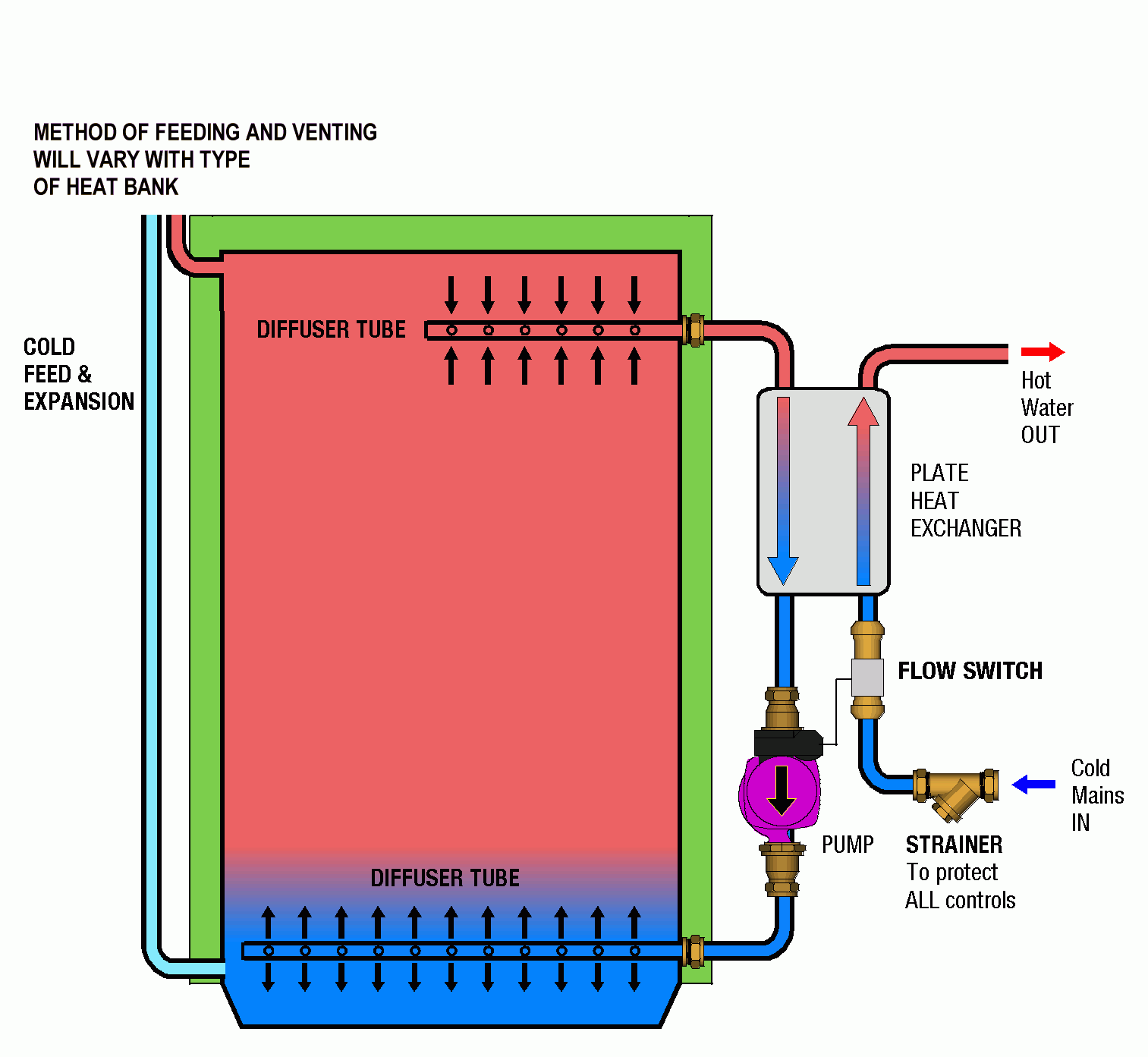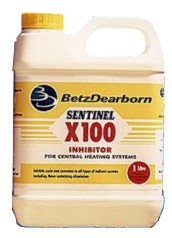|
|||
|
R/O Shops, 9-19 Manor Green
Road, Epsom,
Surrey KT19 8RA |
|
|
|
| ||||||
| 1 Introduction |
| 1.1 |
| 1.2 |
| 1.3 |
| 1.4 |
1.5   Using a plate heat exchanger to transfer heat, a method referred to as forced convection, provides heat transfer rates of up to 100kW (340,000 Btu/h). thereby providing mains pressure hot water at up to 30 litresper minute Using a plate heat exchanger to transfer heat, a method referred to as forced convection, provides heat transfer rates of up to 100kW (340,000 Btu/h). thereby providing mains pressure hot water at up to 30 litresper minute
|
| 1.5.1 |
| 1.5.2 |
| 1.5.3 |
| 1.5.4 |
| 1.6 |
| 1.7 |
| 1.8 |
| 2 GENERAL REQUIREMENTS |
| 2.1 |
| 2.2 |
| 2.3 |
| 2.3.1 |
| 2.3.2 |
| 2.4 |
| 2.5 |
| 2.6 |
| 2.7 |
| 2.8 |
| 2.9 |
| 2.10 |
| 2.11 |
| 2.12 |
| 2.13 |
| 2.13.1 |
| 2.13.1.1 |
| 2.13.1.2 |
| 2.13.1.3 |
| 2.13.1.4 |
| 2.13.1.5 |
| 2.13.1.6 |
| 3 COLD MAINS SUPPLY. |
| 3.1 |
| 3.2 |
| 3.3 |
| 3.4 |
| 3.5 |
| 4 CONNECTIONS TO Heat Bank Thermal Store. |
| 4.1 |
| 4.2 |
| 4.3 |
| 4.4 |
| 4.5 |
| 5 WIRING |
| 5.1 |
| 5.2 .
|
| 5.3
|
| 5.4 |
| 5.5 |
| 5.6 |
| 5.7 |
| 5.8 |
| 5.9 |
| 5.10 |
| 6 FILLING. |
| 6.1 |
6.2  It is important that SENTINEL X100 Inhibitor is used to protect the Heat Bank Thermal Store. It is important that SENTINEL X100 Inhibitor is used to protect the Heat Bank Thermal Store. Use 1 litre per 100 litres of stored water. Label the unit as protected with the label provided. Contact Betz Dearborn direct for method statements on 0151 424 5351 Alternatively contact Fernox on 01799 550811. |
| 6.3 |
| 6.4 |
6.4.1
| |||||||
| 6.4.2 |
| 6.5 |
| 7 COMMISSIONING. |
| 7.1 |
| 7.2 |
| 7.3 |
| 7.4 |
| 7.5 IMPORTANT: ONLY SUITABLY QUALIFIED INSTALLERS CAN COMMISSION A GAS BOILER. |
| 7.6 |
| 7.7 |
| 7.8 |
| 7.8.1 |
| 7.8.2 |
| 7.8.3 |
| 7.8.4 |
| 7.8.5 |
| 7.8.6 |
| 7.8.7 |
7.8.8
The graph shows the pressure drop across the valve for various hot water flow rates. |
| 7.9 |
| 7.10 |
| 7.11 |
| 8 FAULT FINDING. |
| 8.1 |
| 8.2 |
| 8.3 |
| 8.3.1 |
| 8.3.2 |
| 8.3.3 |
| 8.3.4 |
| 8.3.5 |
| 8.3.6 IMPORTANT: The unit should be protected with scale / corrosion inhibitor to protect the pump. A build up of material within the pump suggests that inhibitor has not been used, and the system will probably need flushing. |
| 8.3.7 |
| 8.3.7.1 |
| 8.3.7.2 |
| 8.3.7.3 |
| 8.3.8 |
| 8.3.9 |
| 8.3.10 |
| 8.3.11 |
| 8.3.12 |
| 8.3.13 |
| 8.4 |
| 8.4.1 |
| 9 Servicing |
| 9.1 |
| 9.2 |
| 9.3 |
| 9.3.1 |
| 9.3.2 |
| 9.3.3 |
| 9.3.4 |
| 9.3.5 |
| 9.3.5.1 |
| 9.3.6 |
| 9.4 |
| 9.4.1 |
| 9.4.2 |
| 9.4.3 |
| 9.4.4 |
| 9.4.5 |
| 9.4.6 |
| 9.4.7 |
| 9.4.8 |
| 9.4.9 |
| 9.4.10 |
| 9.4.11 |
| 9.4.12 |
| 9.4.13 |
| 9.4.14 |
| 9.4.15 |
| 9.4.16 |
| 9.4.17 |
| 10 Spares |
| 11 Users Instructions |
| The Heat Bank Thermal Store Unit should be set up by the installer according to the instructions given in the Installation and Commissioning Instructions. |
|
| Please not that under certain circumstances, increasing the flow rate of water from a tap or shower may result in the water temperature dropping. Likewise, reducing the flow rate will result in the temperature increasing - the temperature will not increase above the setting of the Thermostatic Blending Valve. |
| Your Heat Bank Thermal Store Unit may occasionally need topping up with water. The wiring centre on the front of the unit is fitted with a red neon which, when lit, indicates that topping up is required. Please refer to Section 6 - Filling, in the Installation Instructions for further details. |